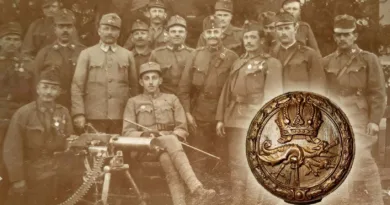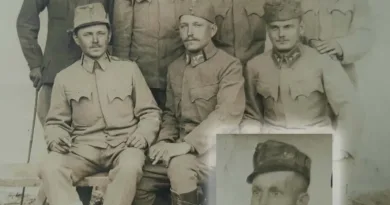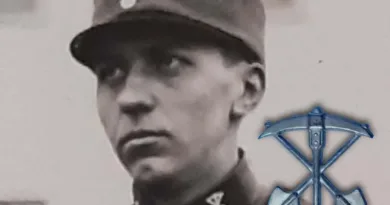Air force collar badge
There has already been talk in previous posts about the air force troops of the Austro-Hungarian Monarchy, this post is about the distinctive badge organized for them.
On September 18, 1910, a flight day was held in Wiener-Neustadt, which was also honored by His Majesty Emperor Franz Joseph I. The demonstration had such an effect on the ruler that the next day, an imperial decree was made requiring the air crew to wear a distinctive badge. The decree was published in the November 8 bulletin.
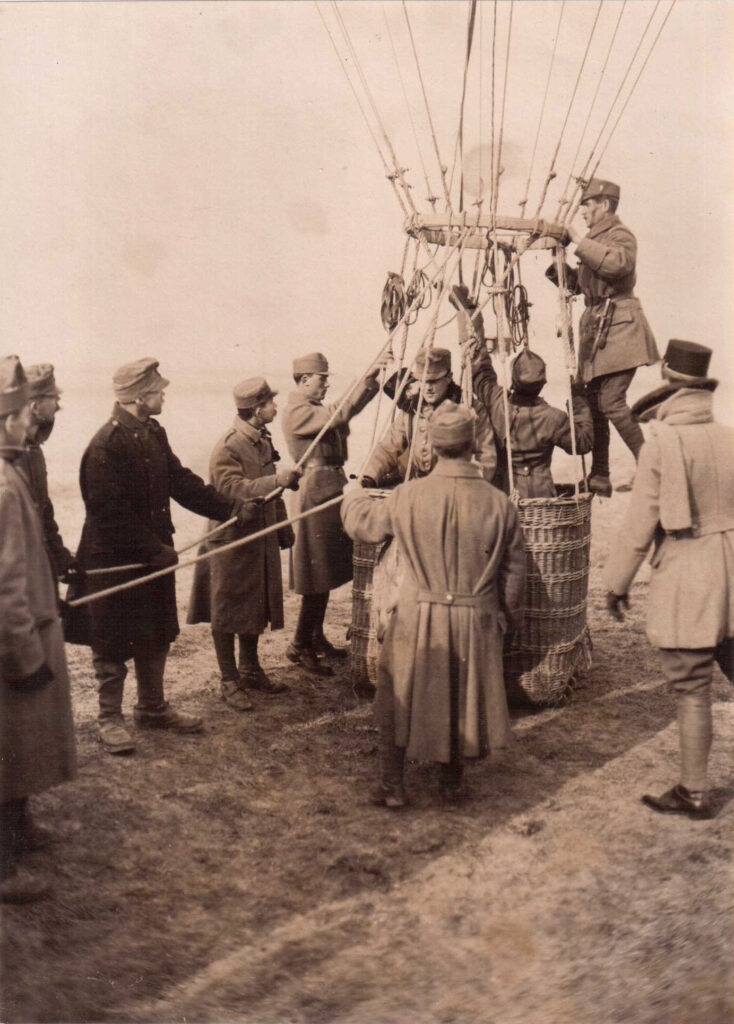
The monarchy did not have a unique uniform for the various branches of the armed forces. According to some sources, students who took early flying courses wore a “balloon uniform” consisting of a white cap, an open-collar jacket, a red scarf, and light pants. Of course, this wear went against all the dress regulations in force at the time, so this distinctive wear was soon banned, but no special uniform was introduced for the young “air walking” branch. Nevertheless, one of the conditions for enrollment in the balloon and flying units of the Monarchy was that the aspirant had successfully completed basic military training in one of the traditional weapons. Accordingly, after the successful recruitment to the air force, they wore the uniform of the original troops (infantry, ulan, hussar, etc.).
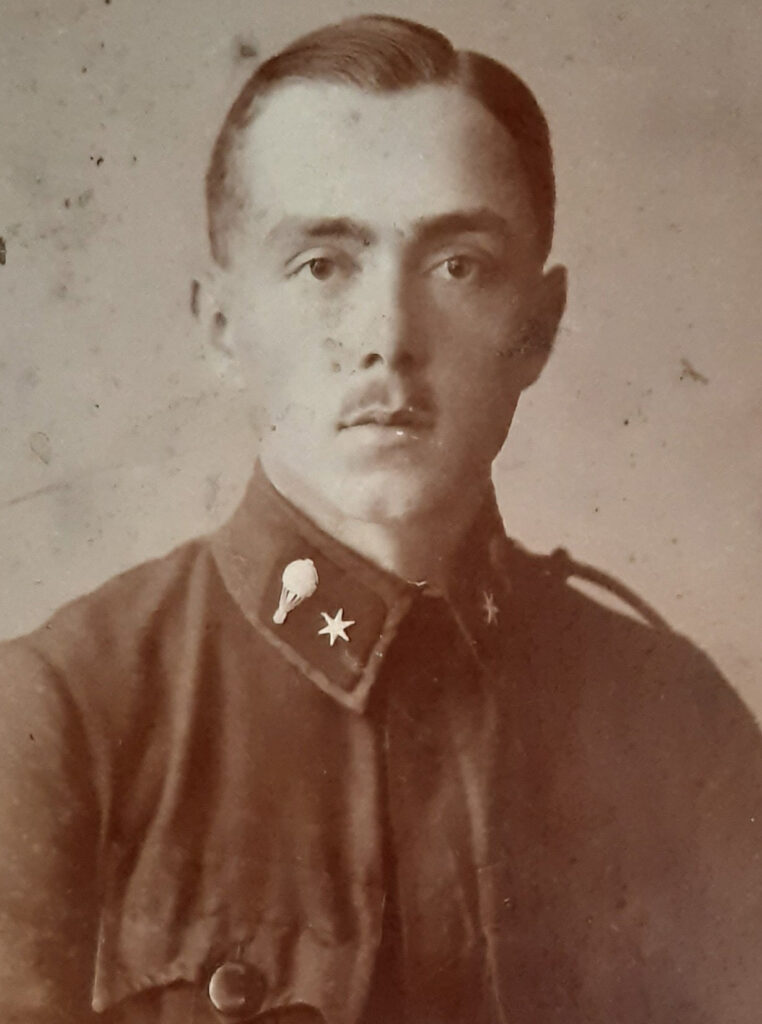
This can be clearly seen in the picture above, where the sergeant is wearing a field uniform with a shoulder cord for the equestrian formations. Later, the uniform reforms of the Monarchy were also followed by air force troops. In the absence of their own uniforms, early photographs of flying and balloon soldiers can be seen in both pike gray and field gray uniforms.

The imperial decree required air force troops to wear a badge embossed with a thin sheet of metal. It was to be worn on the collar behind the rank stars as well as on the left side of the field cap or officer hatch.
The badge was worn by the officers in gold-plated, the non-commissioned officers, and the crew in silver-plated. Because the badge was manufactured and supplied to the military by several companies and craftsmen in the Monarchy, different versions of these are known. There is a difference between the size of the badge, the shape of the balloon and the observation basket, the design of the rigging that holds it, and the placement of the holes for the badge.
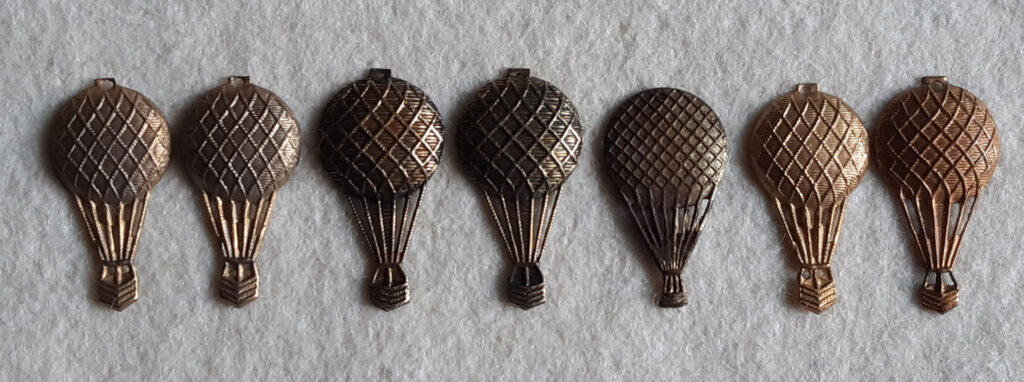
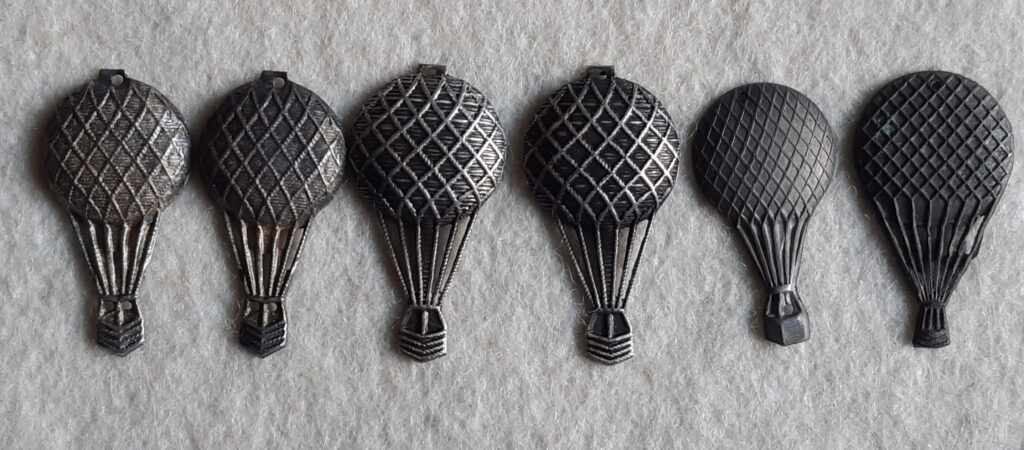
The images above show the different versions of the gilded and silver-plated badges.
Wealthier officers had a badge embroidered with metal threads and sequins on the uniforms and field cap. These are extremely rare in contemporary photographs, and the surviving unique pieces are distinguished pieces in every collection.
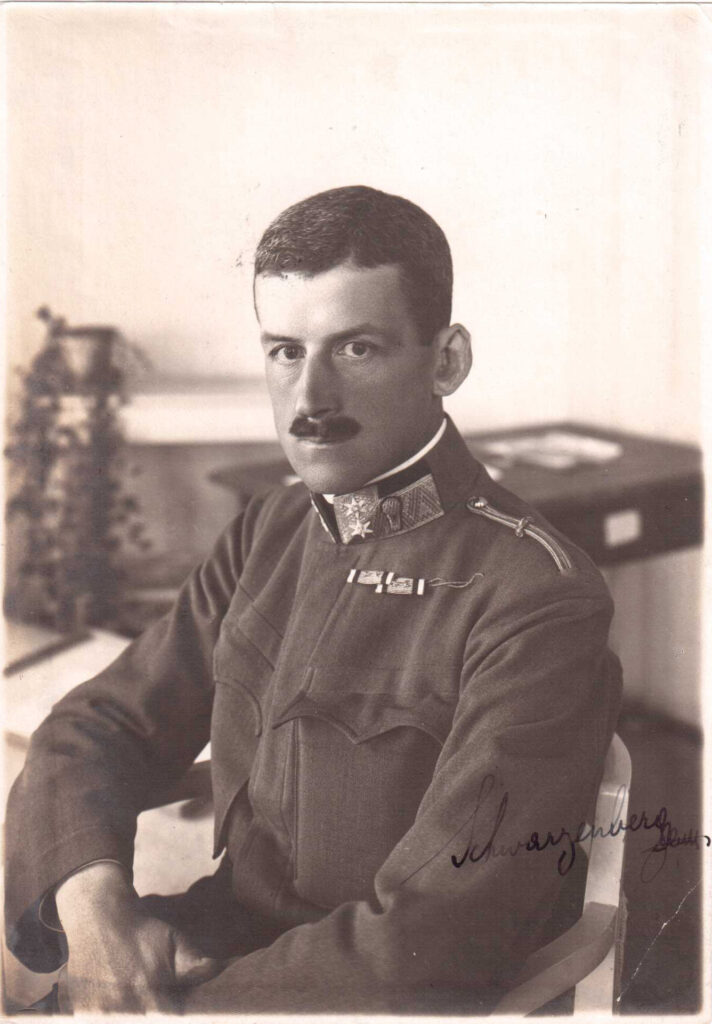
In the photo above, Lt. Col. Schwarzenberg wears an embroidered badge on his collar. The photo below is about the badge itself.
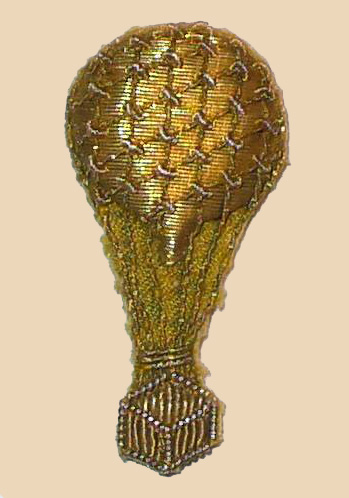
The life of the badge continued in the Royal Hungarian Army on the basis of a decree of 1919, where they could be worn on the left upper arm of the jacket and cloak as a proficiency badge. So far I have not been able to find a contemporary photograph of the later wearing of the badge, but I have already had the good fortune to hold the qualification badge in my hand.
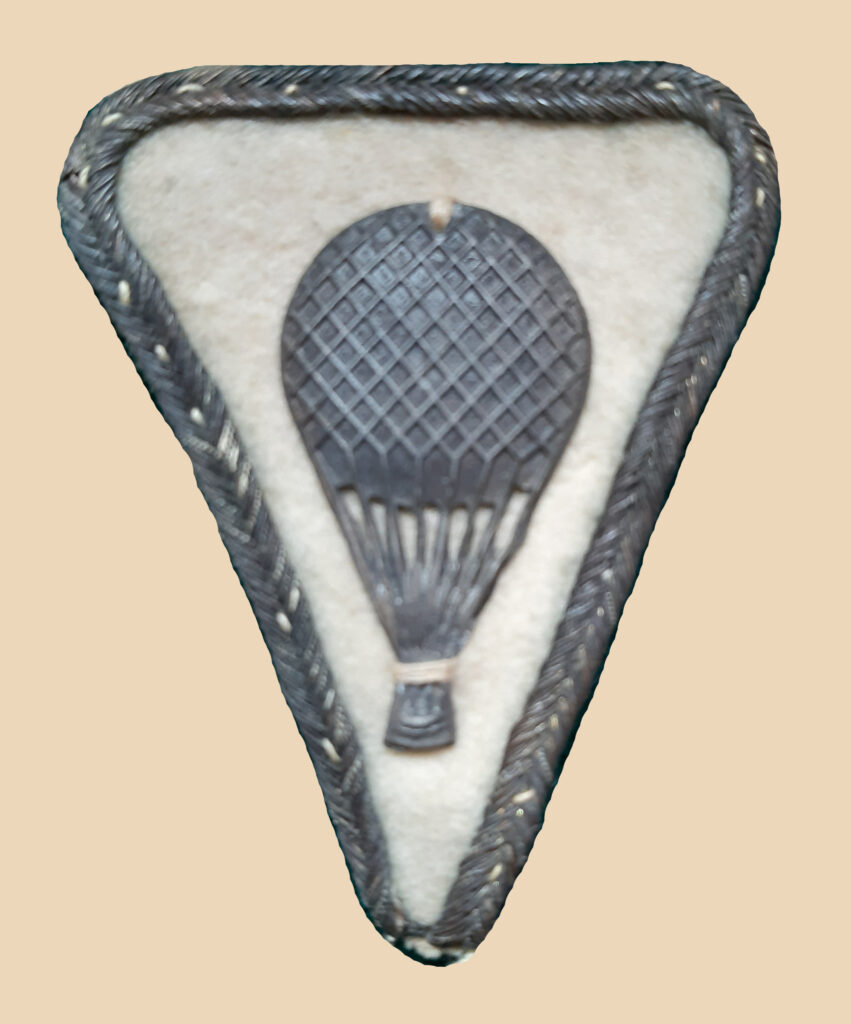
I would like to express my gratitude to my friends Zoltán Zombor and Károly Magó for allowing me to use for the post the objects’ images and contemporary photographs they owned.


